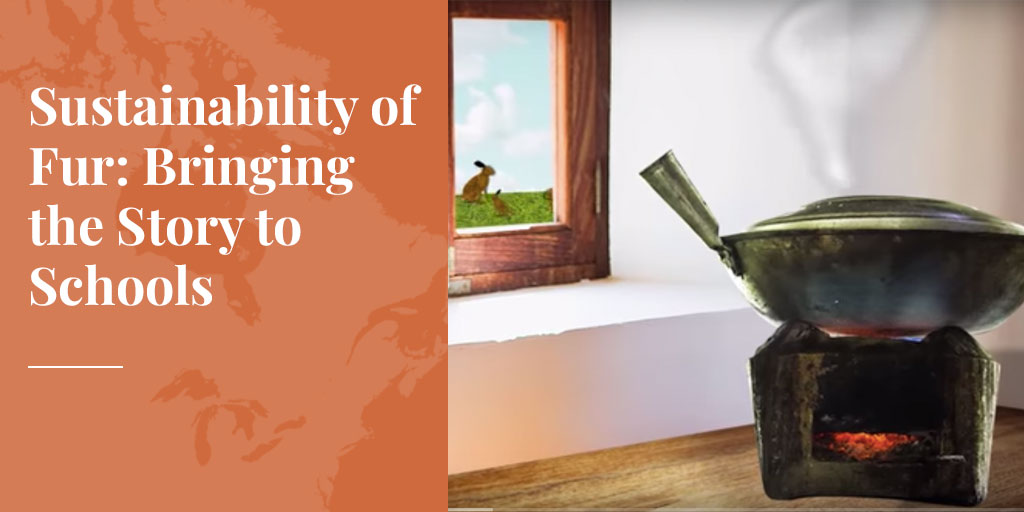
With the start of a new school year, many of us think about bringing accurate information about the sustainability of fur into our children’s classrooms. This can be a difficult challenge. The first problem is that school curriculums have become so demanding that teachers now have little time for guest presentations. And if you do gain access to a classroom, what information should you share with students, assuming you have the communications skills to capture their attention at all? Luckily, help is available to overcome all these obstacles. Sound interesting? Read on!
The Fur Council of Canada has produced a school program that has now been thoroughly tested in hundreds of classrooms with an overwhelmingly positive response from both teachers and students. Called Furbearing Animals: A Renewable Natural Resource, the program includes a 14-minute video, a teachers’ activity guide, and amusing educational materials for students. The core program was originally developed by educational experts at the Quebec Ministry of Forests, Wildlife and Parks in collaboration with Quebec trappers (Fédération des Trappeurs Gestionnaires de Québec). After funding (and refining) in-class presentations in the Montreal region for many years, the Fur Council produced the video and other tools to allow this extraordinarily successful program to be shared across North America and beyond.
Curriculum-Based Program Assures Teacher Buy-in
One of the most important features of the program is that it is built around key ecology concepts that teachers are already obliged to teach. In Quebec and most other jurisdictions, these concepts are part of the natural science curriculum for Grade 6. This is the main reason the program has been so well-received in schools; rather than taking time away from teachers’ busy schedules, Furbearing Animals actually helps them do their jobs. And rather than promote the fur trade – which would be self-serving and controversial – the program provides a science-based understanding of animals, nature, and sustainable use.
The video begins by explaining in simple language that “natural resources” are materials produced by nature that can be used to satisfy human needs. Water can be used for drinking or transportation. Plants and animals can be eaten or used to make clothing. Petroleum powers our vehicles but can also be used to make a wide range of plastic products, including clothing.
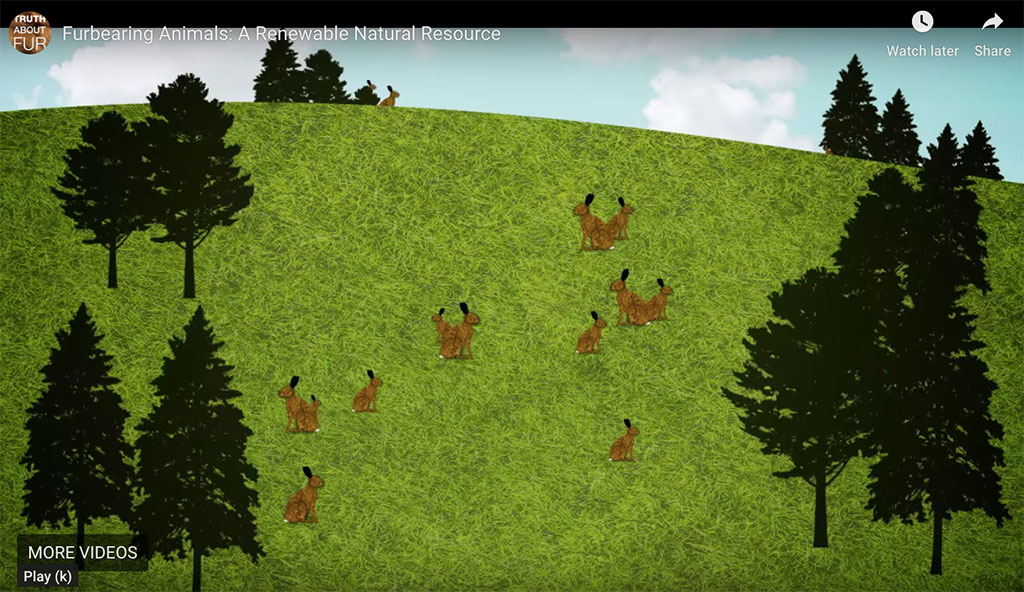
The video then explores the difference between “renewable” and “non-renewable” natural resources. With lively animation, students are shown that snowshoe hares, for example, are a renewable resource: even if you eat some hares for dinner, there may be as many or even more hares next year. Petroleum, however, takes so long for nature to produce that when we use it, it’s gone.
Using foxes and beavers as examples, the video then shows how animals are adapted to different habitats. The beaver’s round body and dense underfur allows it to thrive in water, a semi-aquatic habitat, while the fox’s longer, sleek body allows swift movement on land, a terrestrial habitat.
Similarly, the beaver is a herbivore, with self-sharpening teeth and other adaptations that allow it to cut trees and chew bark, while the fox is a carnivore, with the speed and pointy teeth needed to capture and devour its prey.
A well-illustrated explanation of why some habitats can support more animals than others (“rich” and “poor” habitats) leads to an understanding of “carrying capacity”. Students learn that nature is all about balance: depleting wildlife populations will deprive future generations of important resources, but overpopulated wildlife can be equally problematic, resulting in disease, fighting for territory and starvation. Overpopulated beavers flood property and may “eat out” local vegetation to the point where a habitat may support no beavers at all for many years. Students can now understand why part of the surplus produced by nature can be used by humans without depleting wildlife populations. This is called “sustainable use”, a core principle of modern conservation policy – and an important element of the ethical justification for the responsible and well-regulated use of animals, for food, clothing and other purposes.
SEE ALSO: Fur is a sustainable natural resource. Truth About Fur.
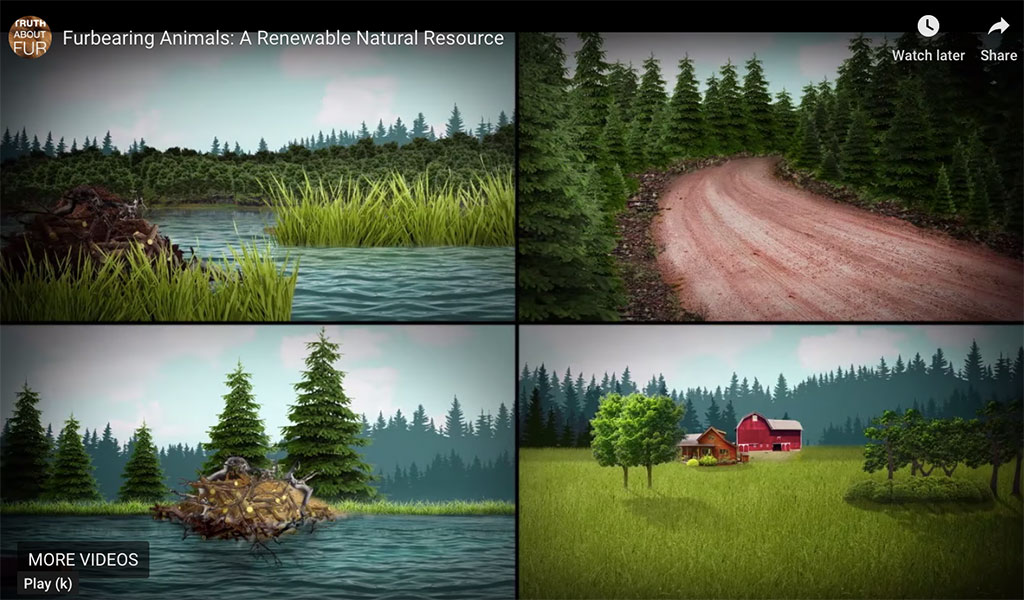
The Fur Council of Canada has also produced a Teachers’ Guide to accompany the video, available in downloadable PDF format in English and French. The Guide includes follow-up activities, handouts, and in-class quizzes to reinforce key concepts presented in the video.
Also available on the Fur Council’s website are a number of other educational publications that can be distributed to students during classroom presentations. One of the best is EcoNews, a cartoon-format brochure that illustrates key fur messages in an entertaining and easily-understood way. An accompanying activity booklet for teachers provides question-and-answer teaching tools and subjects for in-class debates, based on information presented in the EcoNews cartoons. Printed copies of EcoNews are available in English and French from the Fur Council.
Bringing the Program into the Classroom
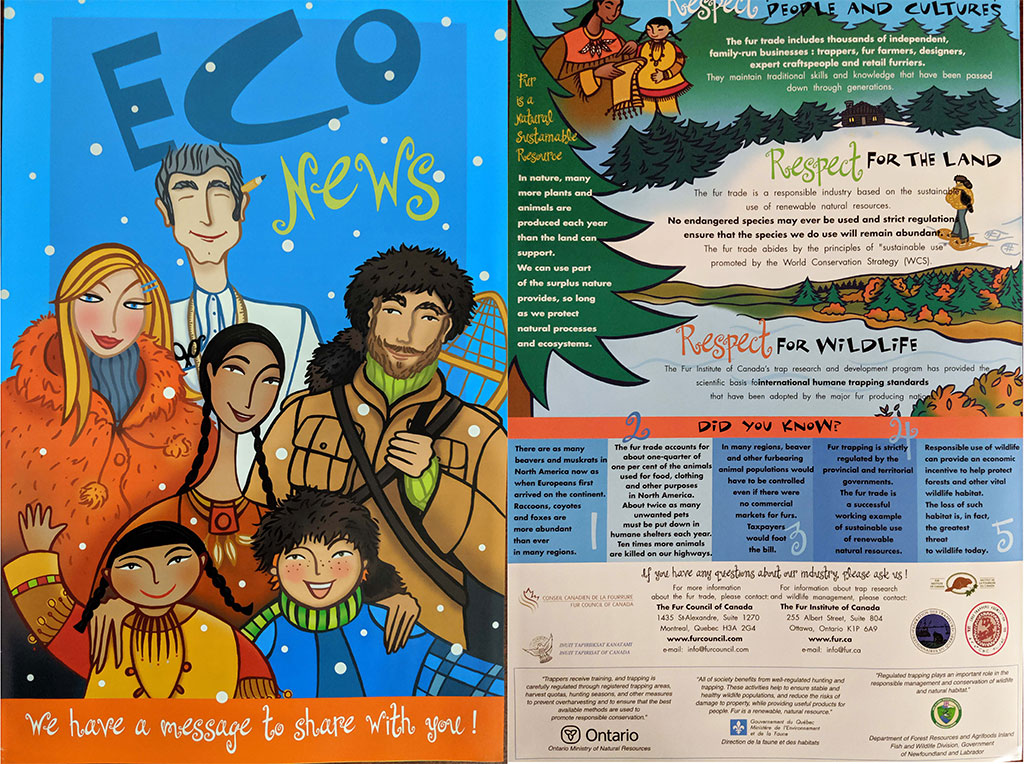
Once you have reviewed the video and other program materials, you are ready to contact your local school. You can inform your child’s teacher or the school principal or science coordinator that you would like to present a program that explains important ecology principles from the curriculum, i.e., renewable and non-renewable resources; adaptation of animals to their habitats; carrying capacity of different habitats; and the sustainable use of renewable natural resources. (Check with school authorities to verify the grade when these principles are taught in your jurisdiction.)
The 14-minute video is designed to be shown to the class before inviting questions and interactive discussion. If possible, bring beaver and fox pelts – and other furs – to illustrate the differences between terrestrial and semi-aquatic animals, as explained in the video. Passing these furs around the classroom is always a hit with students.
Even better, bring beaver and fox skulls too, to show the different dentition of herbivores and carnivores. Ask your fur association to purchase a few professionally-prepared skulls that members can borrow for school presentations.
You can also bring sample fur products to show how fur is used, and any other props that may illustrate your own involvement in the fur trade.
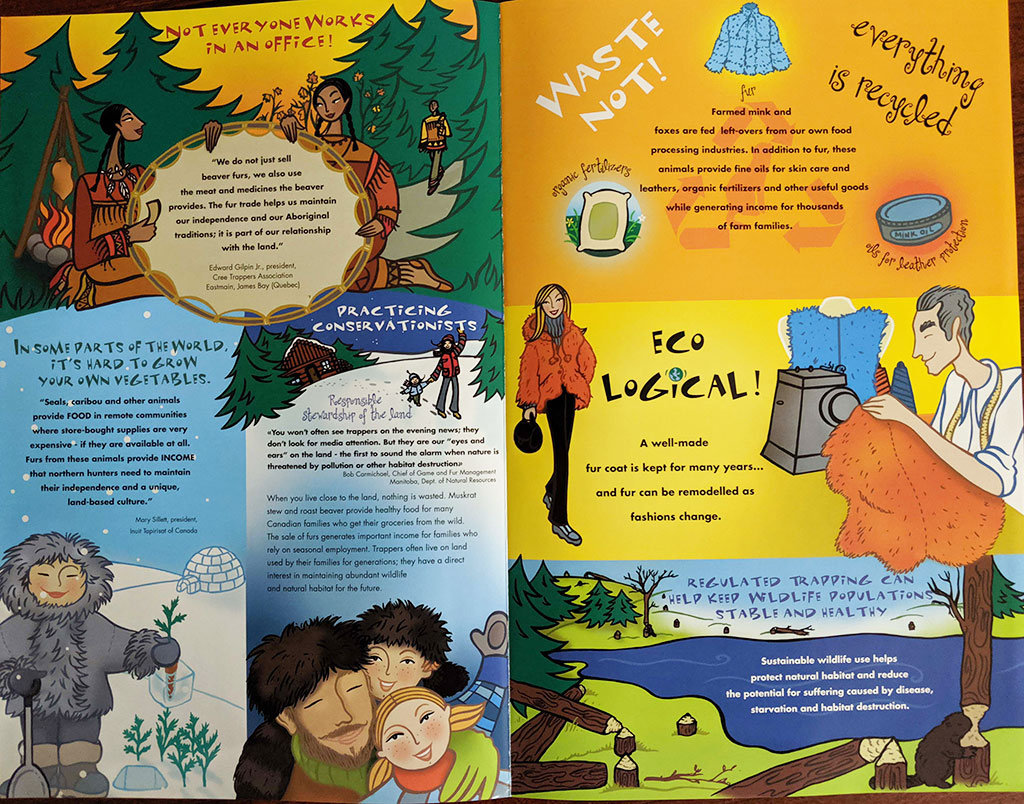
Before leaving, you can circulate copies of EcoNews or other materials to the students, and leave the Teachers’ Guide and EcoNews quiz with the class teacher. You should also leave your contact information, in case the teacher has follow-up questions. The Fur Council of Canada and the Fur Institute of Canada both have excellent educational materials that you can order for classroom presentations.
The Fur Council of Canada’s school program has been successfully tested in hundreds of classrooms to help you deliver the fur trade’s responsible-use messages. Feel free to contact the Fur Council for more information about using this effective program in your region. And if you have school presentation ideas or resources to share, please leave a comment at the end of this article. Together we can help to ensure that the next generation has a better understanding of the sustainable-use principles which underpin the modern fur trade’s environmental ethic.
***
To learn more about donating to Truth About Fur, click here.











This is great stuff and I love the quality of the material. Definitely something that can be picked up and run with by teachers with little to no additional effort-allowing them to further educate our youth!
This is an excellent resource to help explain the natural world in a very real way. It is through this type of film that we can make a difference to bring the facts to school age children.
Well done !! Please keep up the good work.
This is a great idea, and the best way to combat the mass of outright lies perpetrated by animal ‘rights’ organizations.